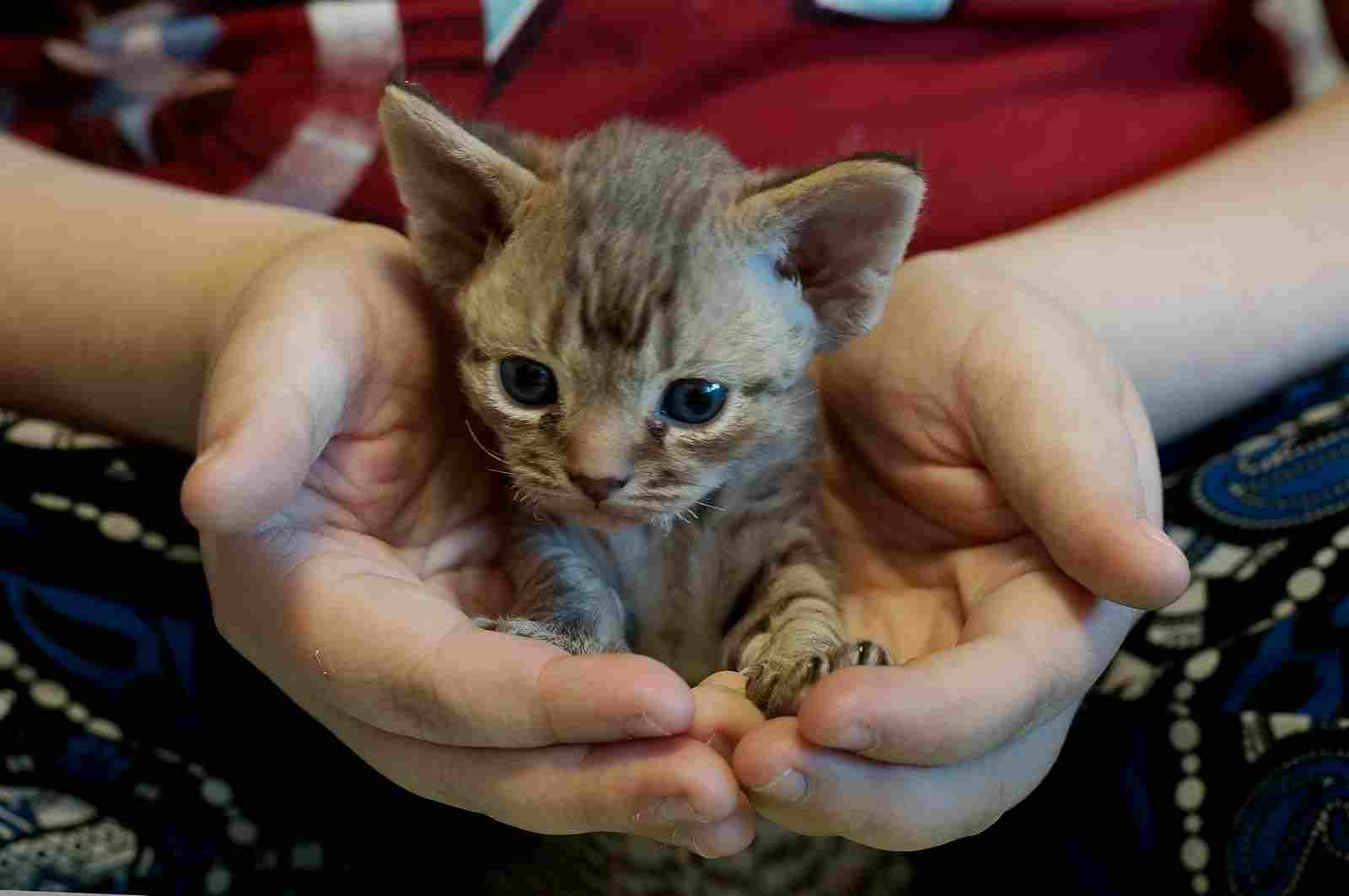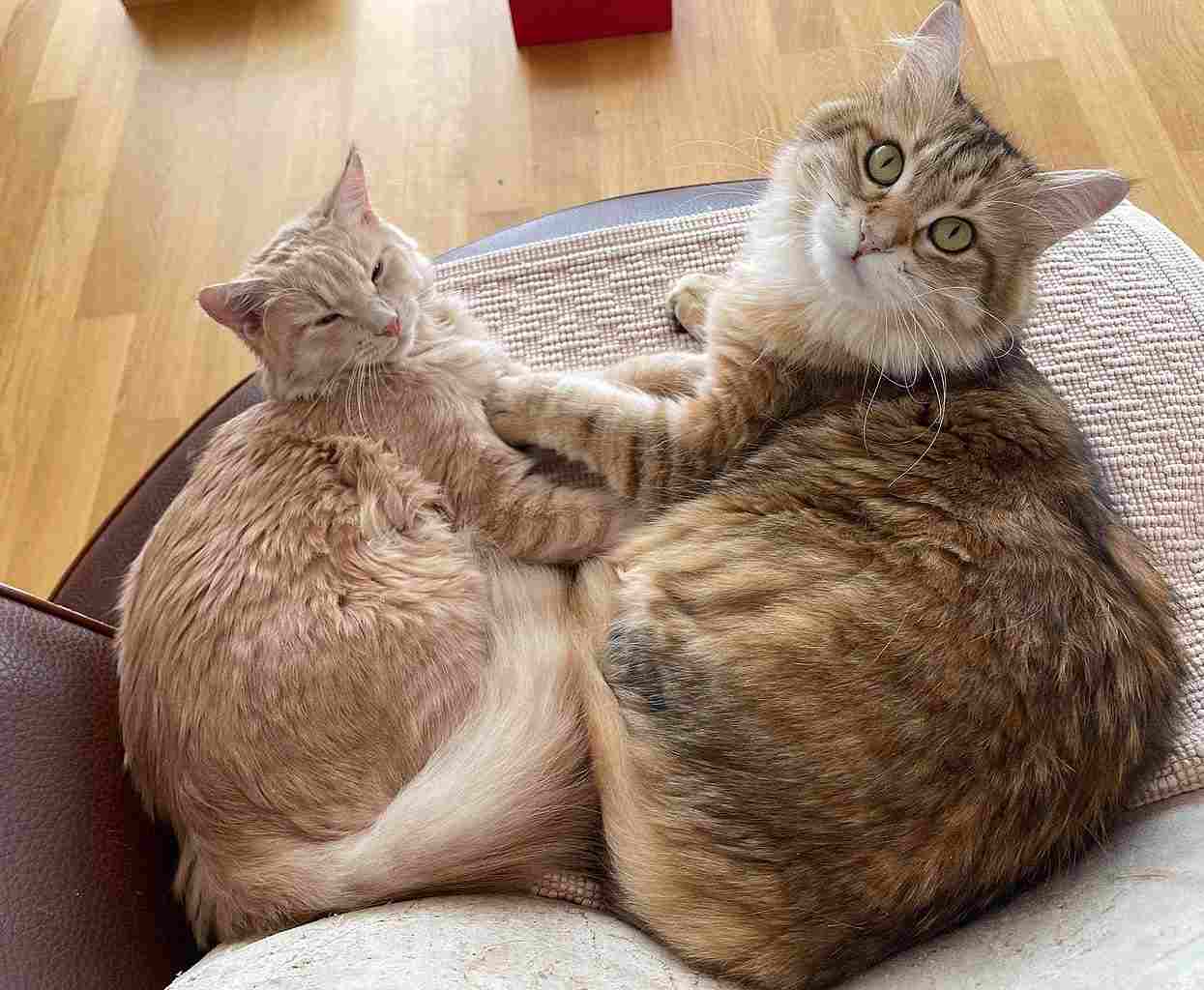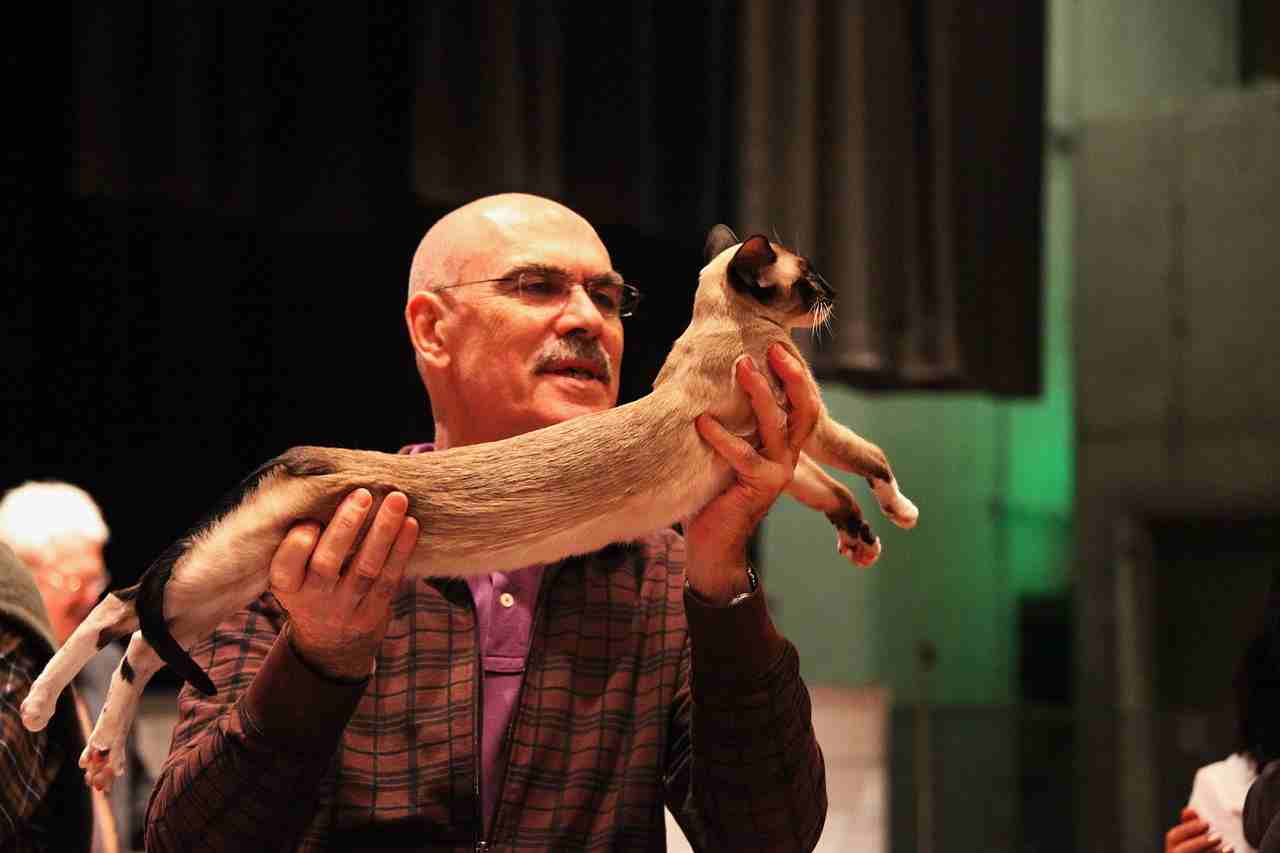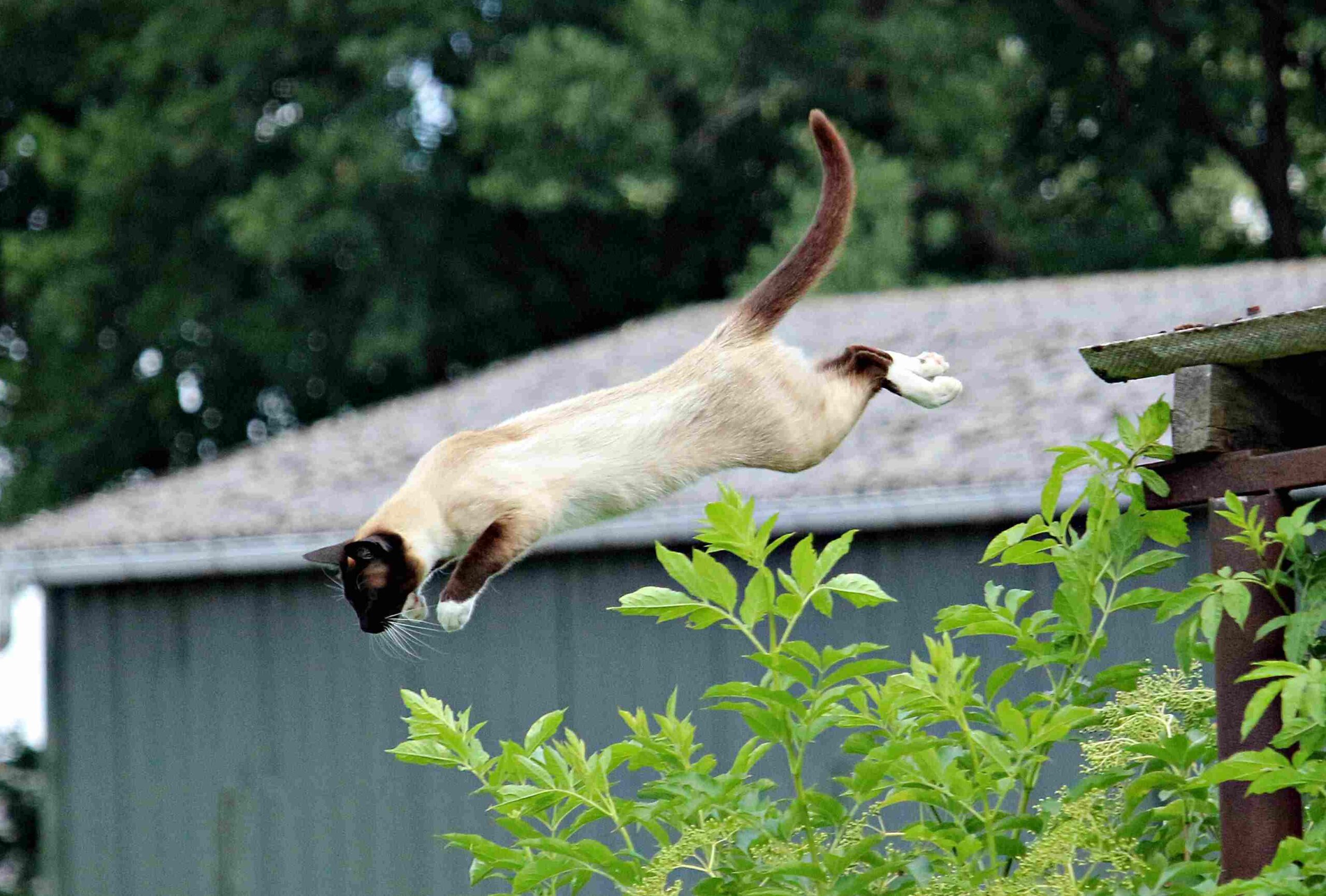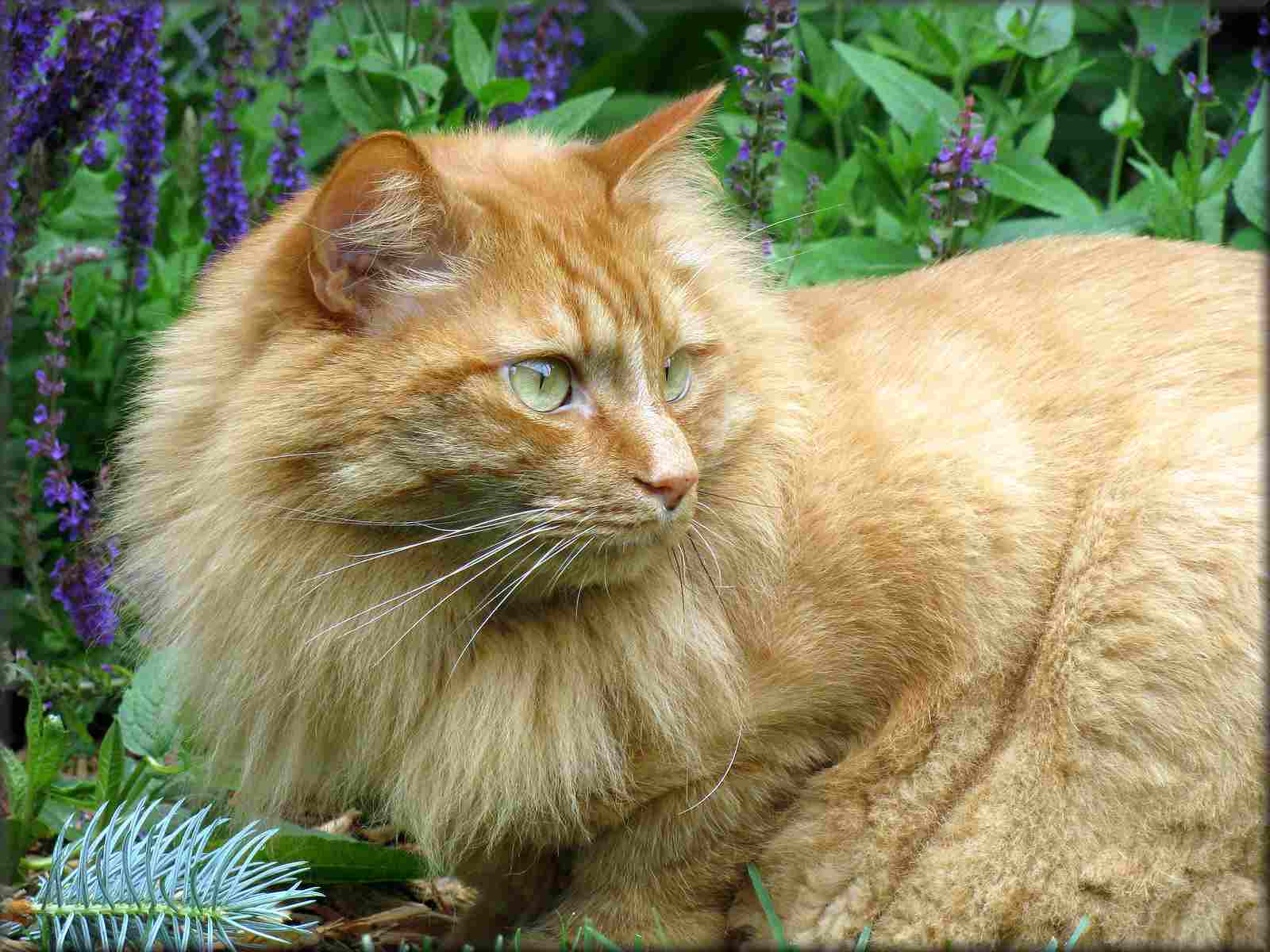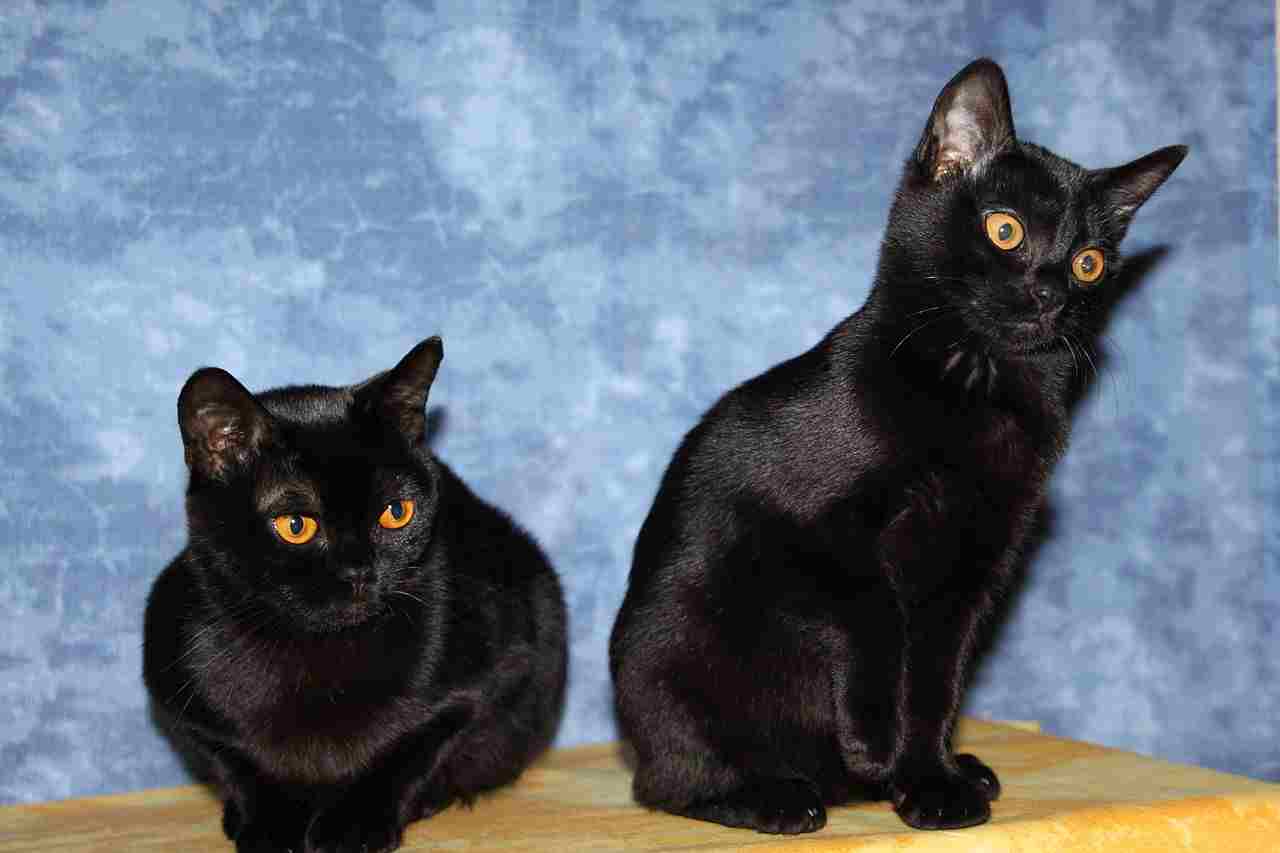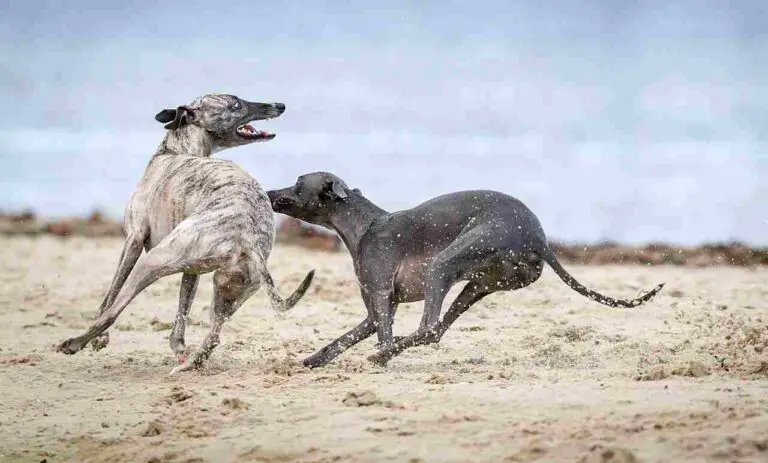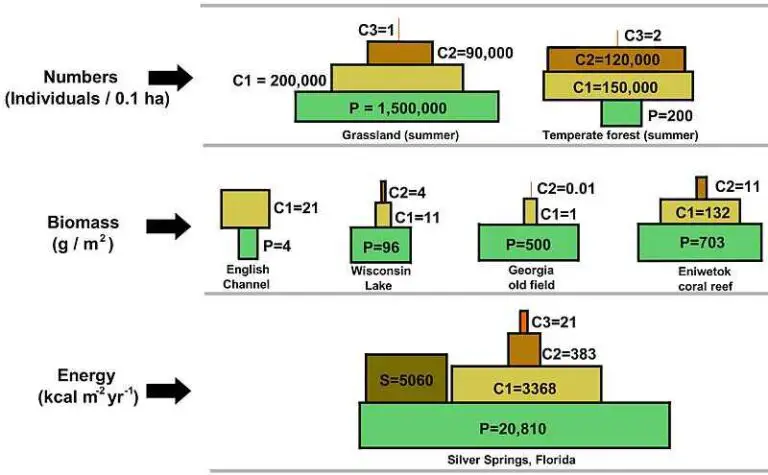Donskoy Cat Vs Sphynx Personality, Size, Weight, Overall Comparison
Donskoy cats and Sphynx cats showcase notable distinctions in head and eye structure, with Donskoy cats having angular features and almond-shaped eyes, while Sphynx cats exhibit a rounded head shape and eyes. Despite these differences, both breeds share a social and affectionate personality, forming strong bonds with their owners. Sphynx cats tend to be more vocal. In terms of robustness, Sphynx cats have a slightly more muscular physique. The pricing varies, with Sphynx cats generally being more expensive, ranging from $1000 to $3500, while Donskoy cats are priced under $1000 to over $2500. Recognizing these distinctions allows potential owners to appreciate the diversity within hairless cat breeds, each bringing its unique charm and social qualities to the world of feline companionship.
I. Head and Eye Structure:
– Donskoy cats are characterized by angular features, including almond-shaped eyes, contributing to a distinct appearance. In contrast, Sphynx cats have a more rounded head shape and eyes, enhancing their unique and captivating facial expression.
II. Social Personality:
– Both Donskoy and Sphynx cats share a social and affectionate personality. They thrive on human interaction, enjoying companionship and forming strong bonds with their owners. However, Sphynx cats tend to be more vocal, expressing themselves through a variety of vocalizations.
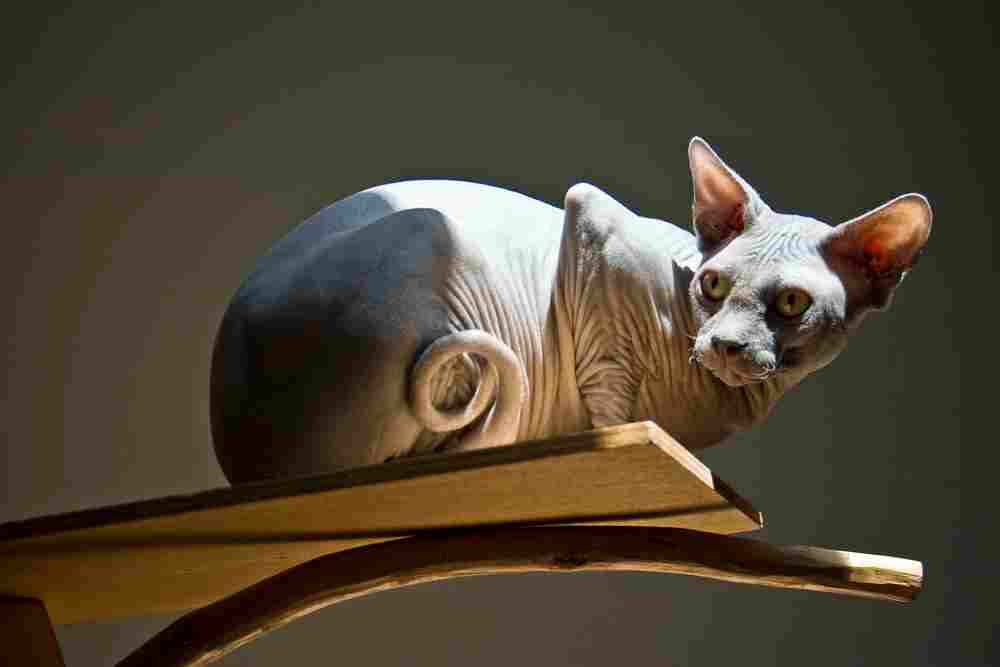
III. Robustness:
– Sphynx cats exhibit a slightly more robust build compared to Donskoy cats. While both breeds share a sleek and hairless appearance, the Sphynx may have a more substantial and muscular physique.
IV. Pricing Distinctions:
– Sphynx cats typically come with a higher price range, ranging from over $1000 to $3500. On the other hand, Donskoy cats are generally priced under $1000 to over $2500, providing a range of options for those considering these unique and affectionate feline companions.
V. Appreciating Breed Diversity:
– Understanding the distinctions between Donskoy and Sphynx cats allows potential owners to appreciate the diversity within the world of hairless breeds. Whether it’s the angular features of the Donskoy or the rounded elegance of the Sphynx, each cat brings its own charm and social qualities to the world of feline companionship.
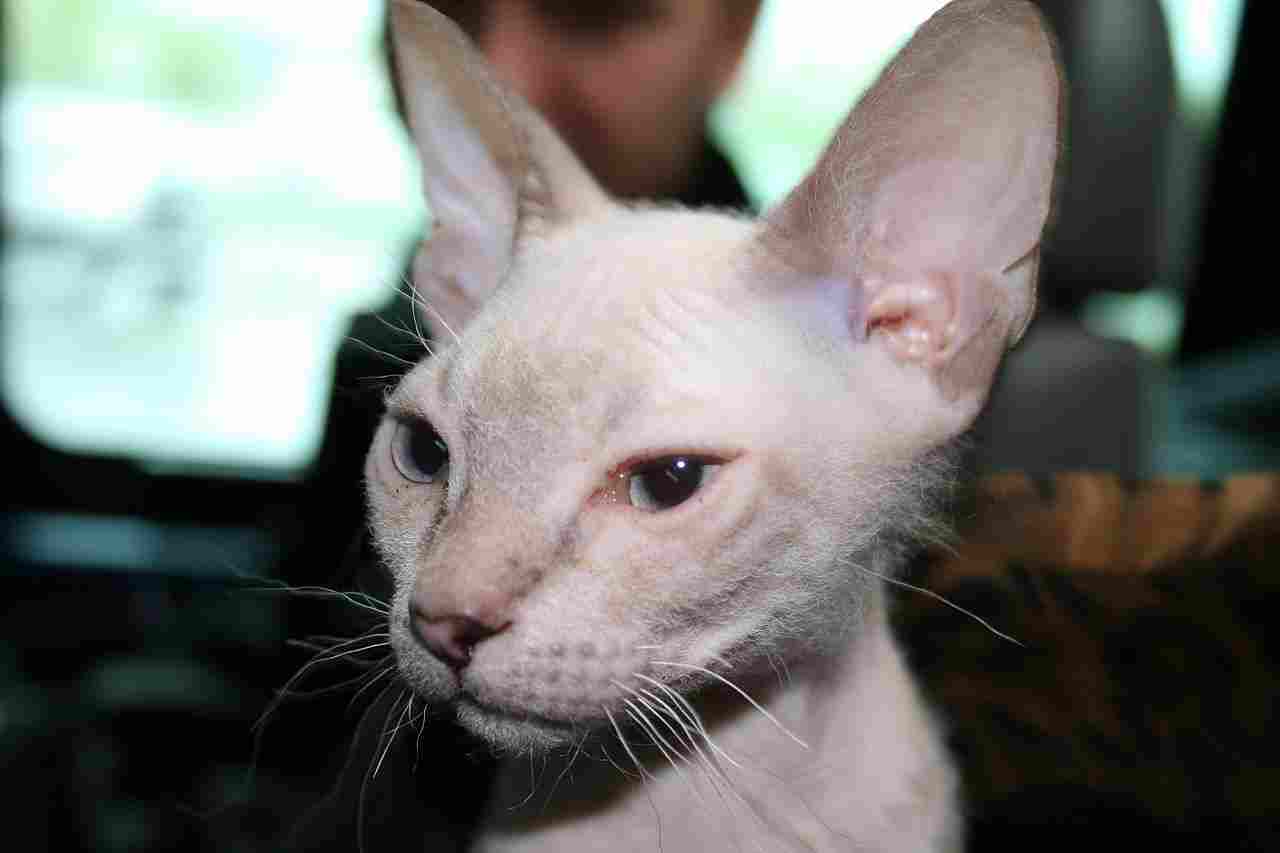
*Details of Comparison
| Criteria | Himalayan Cat | Ragdoll |
| Criteria | Donskoy Cat | Sphynx |
| Appearance | Muscular with wrinkled skin. |
Slender with soft, wrinkled skin.
|
| Size | Medium to large. | Medium-sized. |
| Weight | Generally heavier. |
Relatively lighter.
|
| Personality | Sociable and affectionate. |
Sociable and affectionate.
|
| Relative Price/Cost | Moderately high to high. |
Moderately high to high.
|
| Grooming | Minimal due to lack of fur. |
Minimal due to lack of fur.
|
| Health Concerns | Prone to issues related to hairlessness. |
Prone to issues related to hairlessness.
|
| Bite Force (PSI) | Data not readily available. |
Data not readily available.
|
| Offensive Advantages | Unique features for offense. |
Unique features for offense.
|
| Defensive Advantages | Relies on physical structure. |
Relies on sleekness.
|
| Speed | Similar estimated speeds. |
Similar estimated speeds.
|
| Agility | Both breeds are agile. |
Both breeds are agile.
|
| Senses | Heightened senses; some reliance on tactile sensations. |
Heightened senses; some reliance on tactile sensations.
|
| Overall Physical Capacity | Balances strength and agility. |
Focuses more on agility.
|
| Habitat Preference(s) | Adaptable; prefers warmer climates. |
Prefers warmer climates.
|
| Tracks | Paw prints show similarities with individual variations. |
Paw prints show similarities with individual variations.
|
| Lifespan | Average lifespan 12-15 years. |
Average lifespan 12-16 years.
|
| Natural Mode of Feeding | Carnivorous with hunting instincts. |
Carnivorous with hunting instincts.
|
| Best Food as a Pet | High-protein diet. |
High-protein diet.
|
| Intelligence | Highly intelligent and adaptable. |
Highly intelligent and adaptable.
|
| Social Behavior | Sociable and enjoys human interaction. |
Extroverted and seeks human attention.
|
| Mode of Reproduction | Ovoviviparous reproduction. |
Ovoviviparous reproduction.
|
| Parental Behavior | Strong maternal instincts. |
Strong maternal instincts.
|
| Proximity to Human-Inhabited Areas | Adaptable to various environments. |
Thrives in indoor environments.
|
| Behavior Toward Humans | Affectionate and enjoys human companionship. |
Extroverted and seeks human attention.
|
| Danger Posed to Humans | Generally not dangerous. |
Generally not dangerous.
|
| Associated Precautions | Sunscreen application for outdoor exposure. |
Protection from cold temperatures and sunlight.
|
| Conservation Status | Domesticated; not subject to conservation efforts. |
Domesticated; not subject to conservation efforts.
|
| Conclusion | Similarities include high intelligence, sociable behavior, and a preference for a meat-based diet. Differences include adaptability to environments, size, and physical characteristics. |
Generally lighter than cats
|
| Strong, around 300 PSI |
Lower, adapted for grinding plant material
|
1. Taxonomy:
Donskoy Cat:
Kingdom: Animalia
Phylum: Chordata
Class: Mammalia
Order: Carnivora
Family: Felidae
Genus: Felis
Species: Catus
Breed: Donskoy Cat
Sphynx:
Kingdom: Animalia
Phylum: Chordata
Class: Mammalia
Order: Carnivora
Family: Felidae
Genus: Felis
Species: Catus
Breed: Sphynx Cat
2. Appearance:
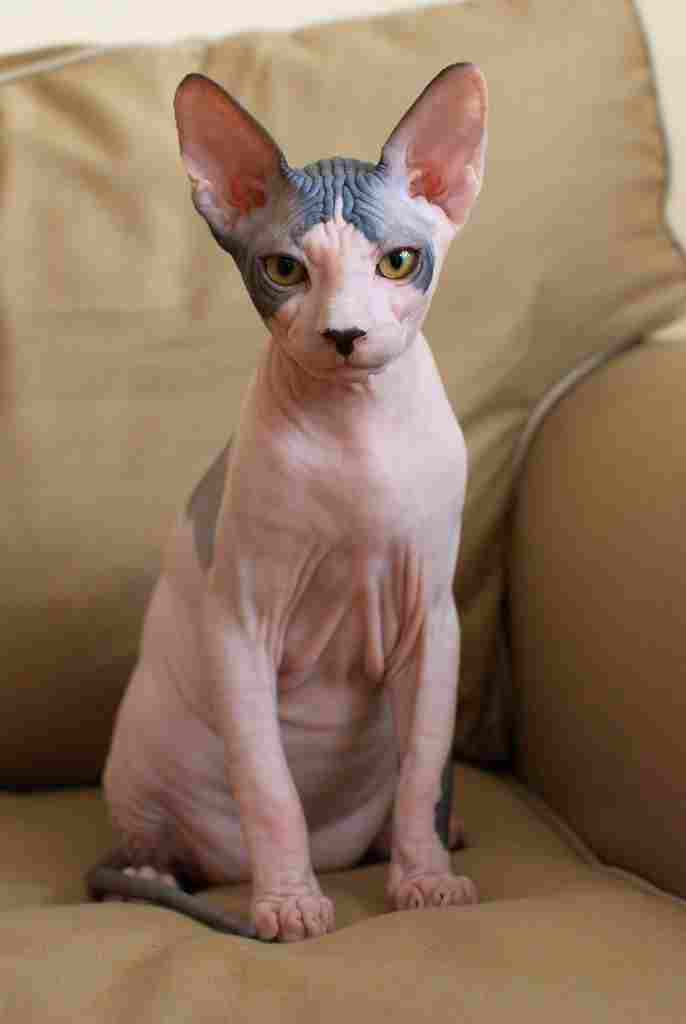
Donskoy Cat:
Hairless breed with wrinkled skin.
Prominent large ears and almond-shaped eyes.
Distinctive, muscular body structure.
Sphynx:
Hairless breed with a soft, warm, and wrinkled skin texture.
Prominent cheekbones and large, wide-set ears.
Elegant and slender body with a pronounced abdomen.
Comparison:
Both breeds are recognized for their unique hairless appearance.
Donskoy tends to have a more muscular physique, while Sphynx is known for its slender elegance.
Ecological Implications:
The lack of fur in both breeds may affect their ability to withstand extreme temperatures in the wild.
Adaptations to hairlessness could impact their interactions with other species in their natural habitat.
3. Size:
Donskoy Cat:
Medium to large-sized breed.
Robust build with muscular limbs.
Sphynx:
Medium-sized breed.
Slender and elegant body structure.
Comparison:
Donskoy tends to be larger and more robust compared to the relatively smaller and more slender Sphynx.
Ecological Implications:
Size differences may influence their role in the ecosystem, affecting prey selection and interactions with other species.
4. Weight:
Donskoy Cat:
Males: 10-12 pounds (4.5-5.5 kg)
Females: 6-10 pounds (2.7-4.5 kg)
Sphynx:
Males: 8-10 pounds (3.6-4.5 kg)
Females: 6-8 pounds (2.7-3.6 kg)
Comparison:
Donskoy generally has a higher weight range compared to the Sphynx.
Ecological Implications:
Weight influences hunting capabilities and energy requirements, impacting their ecological niche.
5. Personality:
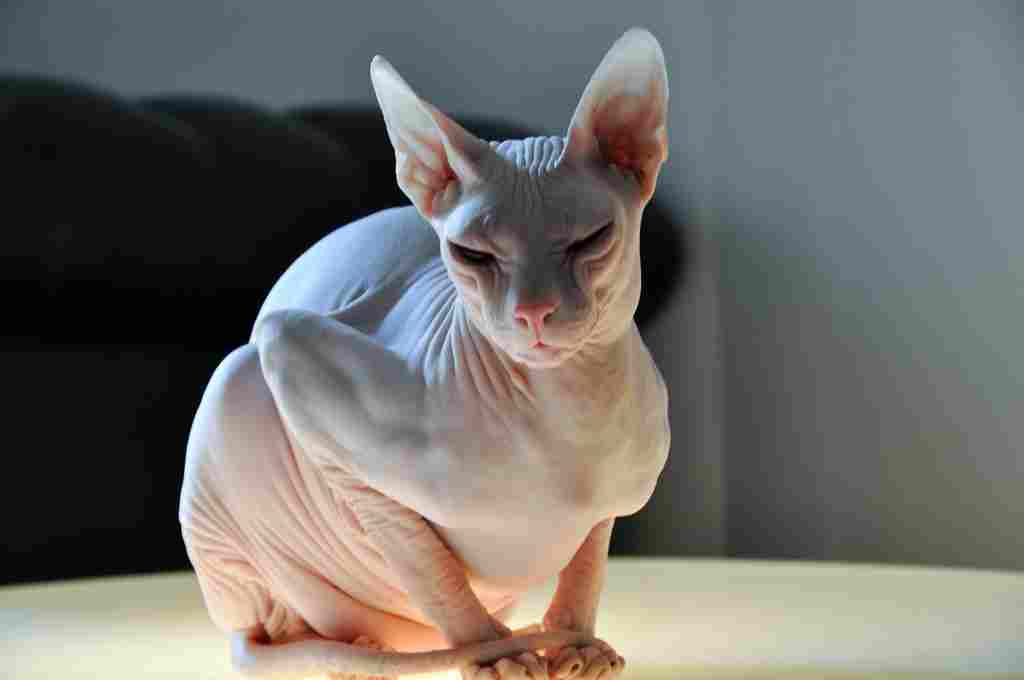
Donskoy Cat:
Social and affectionate.
Intelligent and playful.
Tends to form strong bonds with its owner.
Sphynx:
Extroverted and attention-seeking.
Curious and enjoys interactive play.
Forms close relationships with humans.
Comparison:
Both breeds are known for their social and affectionate nature.
Ecological Implications:
Social behaviors may influence group dynamics in the wild, affecting communication and cooperation within their species.
6. Relative Price/Cost:
Donskoy Cat:
Prices can vary but generally moderate to high due to rarity.
Cost influenced by factors like lineage and breeder reputation.
Sphynx:
Moderately high to high prices due to the breed’s popularity and unique appearance.
Breeder reputation and lineage contribute to the cost.
Comparison:
Both breeds are relatively expensive, with prices influenced by factors like breeder reputation and lineage.
Ecological Implications:
High prices may impact breeding practices, potentially affecting population dynamics and genetic diversity.
7. Grooming and Maintenance Requirements:
Donskoy Cat:
Minimal grooming due to lack of fur.
Regular bathing to remove oil buildup from the skin.
Sphynx:
Requires regular bathing to remove oil from the skin.
Attention to ears and nails due to lack of fur.
Comparison:
Both breeds have low grooming needs compared to furred breeds.
Ecological Implications:
Reduced grooming needs may impact interactions with other species and their role in maintaining a clean coat in the wild.
8. Health Concerns:
Donskoy Cat:
Skin issues like sunburn due to lack of fur.
Regular dental care to prevent oral health problems.
Sphynx:
Prone to respiratory infections due to lack of protective fur.
Dental issues may arise, requiring regular care.
Comparison:
Both breeds have specific health concerns associated with their hairless nature.
Ecological Implications:
Health concerns may influence survival and reproductive success in the wild, impacting population dynamics.
9. Bite Force (PSI):
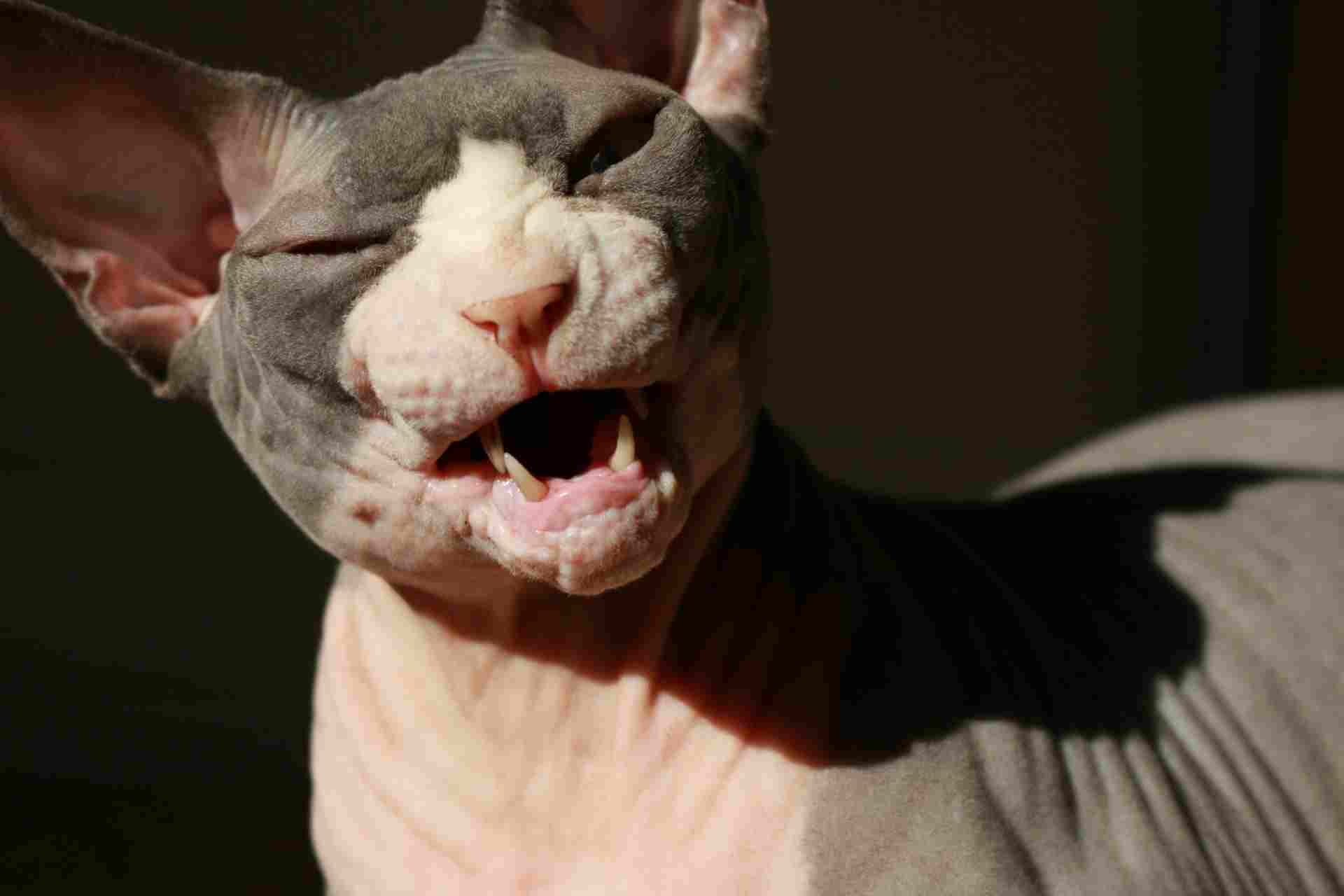
Donskoy Cat:
Average bite force: Data not readily available.
Sphynx:
Average bite force: Data not readily available.
Comparison:
Limited information available on bite force for both breeds.
Ecological Implications:
Bite force is crucial for hunting and self-defense; lack of data hinders assessing their ecological roles based on this parameter.
10. Physical Offensive Advantages:
Donskoy Cat:
Muscular build may provide strength and agility in hunting.
Lack of fur may offer a tactical advantage in certain environments.
Sphynx:
Sleek body allows for swift movement during hunting.
Hairlessness might provide a stealth advantage in specific scenarios.
Comparison:
Both breeds possess unique physical traits that could confer offensive advantages in different hunting situations.
Ecological Implications:
Offensive advantages may influence their prey selection and overall ecological impact.
11. Physical Defensive Advantages:
Donskoy Cat:
Wrinkled skin may provide some protection against certain attacks.
Agility and speed can aid in evasion.
Sphynx:
Sleek body may aid in escaping tight spots or potential threats.
Lack of fur could make it harder for predators to grasp.
Comparison:
Defensive advantages differ, with Donskoy relying on its physical structure, and Sphynx leveraging its sleekness.
Ecological Implications:
Defensive traits influence survival rates and interactions with predators in their natural habitats.
12. Speed (Km/hour or Mile/hour):
Donskoy Cat:
Estimated speed: 30-35 km/hour (18-22 mph).
Sphynx:
Estimated speed: 30-35 km/hour (18-22 mph).
Comparison:
Similar speed estimates for both breeds.
Ecological Implications:
Speed is crucial for hunting and evading predators; their comparable speeds suggest similar ecological roles.
13. Agility:
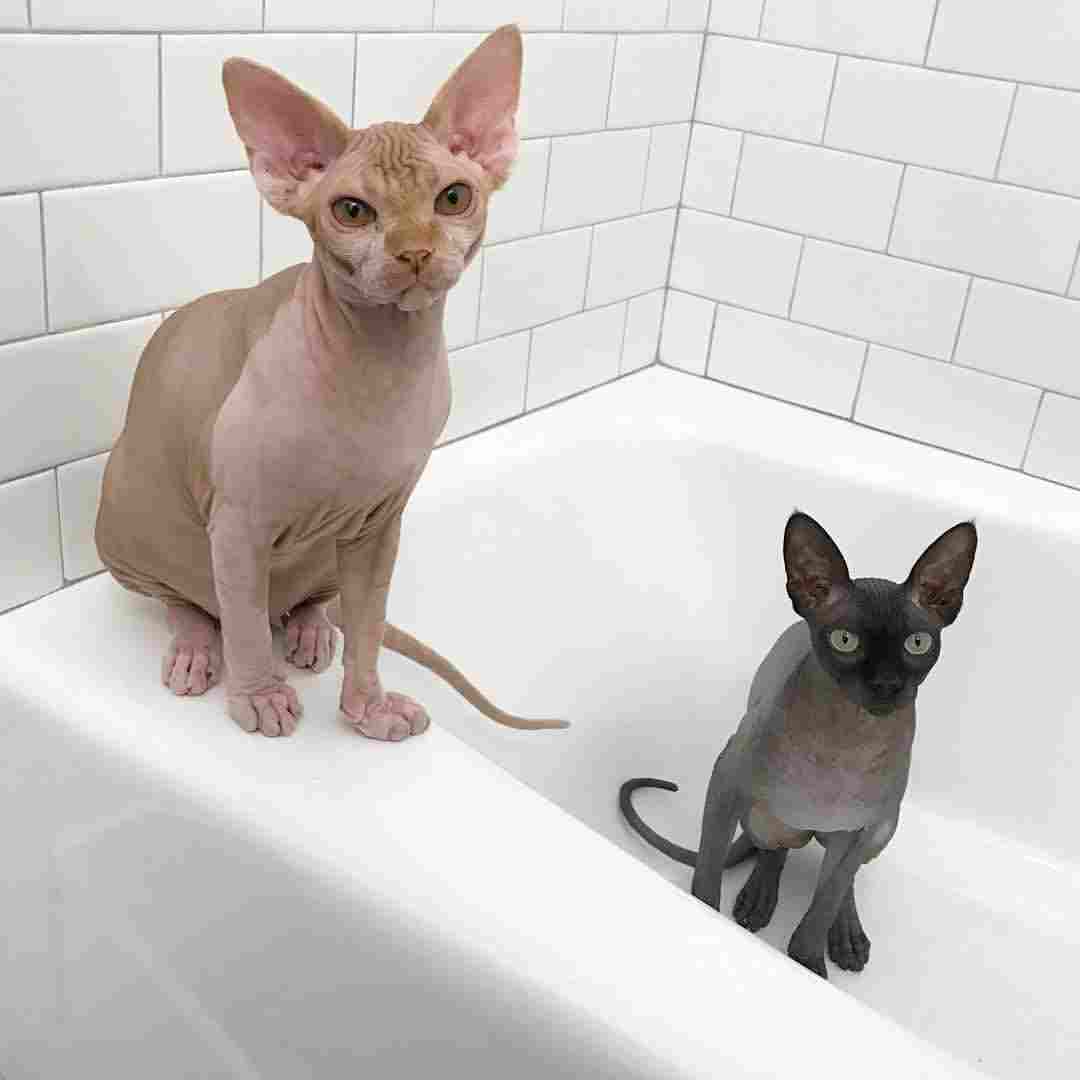
Donskoy Cat:
Agile and able to navigate various terrains.
Muscular build contributes to agility.
Sphynx:
Agile with a sleek and slender body.
Excellent at climbing and jumping.
Comparison:
Both breeds are known for their agility, albeit with different physical attributes contributing to it.
Ecological Implications:
Agility influences their ability to navigate their environment, escape predators, and hunt efficiently.
14. Senses:
Donskoy Cat:
Enhanced senses of hearing and vision.
Tactile sensitivity due to lack of fur.
Sphynx:
Heightened senses of hearing and vision.
Increased reliance on tactile sensations due to hairlessness.
Comparison:
Both breeds exhibit heightened senses, with some variations in reliance on tactile sensations.
Ecological Implications:
Senses play a crucial role in hunting, communication, and navigating their environment, impacting their ecological niche.
15. Overall Physical Capacity:
Donskoy Cat:
Robust and muscular, suitable for various physical activities.
Adapted for both strength and agility.
Sphynx:
Sleek and agile, well-suited for swift movements.
Adapted for speed and climbing.
Comparison:
Donskoy emphasizes a balance between strength and agility, while Sphynx focuses more on agility and speed.
Ecological Implications:
Overall physical capacity influences their roles in the ecosystem, affecting hunting techniques and interactions with other species.
16. Habitat Preference(s):
Donskoy Cat:
Adaptable to various environments but tends to prefer warmer climates.
Comfortable in both indoor and outdoor settings.
Sphynx:
Prefers warm environments due to lack of fur.
Indoor living is often recommended to prevent sunburn.
Comparison:
Both breeds have preferences for warmer climates, but Donskoy may be more adaptable to different conditions.
Ecological Implications:
Habitat preferences influence their distribution and interactions with other species in their respective environments.
17. Tracks:
Donskoy Cat:
Paw prints show distinct toe pads and claw marks.
Size and shape vary based on individual variations.
Sphynx:
Paw prints exhibit clear toe pads and claw marks.
Similar in appearance to Donskoy but may vary in size.
Comparison:
Paw prints share similarities, but individual variations exist in both breeds.
Ecological Implications:
Tracking abilities contribute to hunting success and interactions with other species in their natural habitats.
18. Lifespan:
Donskoy Cat:
Average lifespan: 12-15 years.
Influenced by factors like genetics, diet, and healthcare.
Sphynx:
Average lifespan: 12-16 years.
Health and care considerations impact lifespan.
Comparison:
Similar average lifespans, with some overlap in the range.
Ecological Implications:
Lifespan impacts population dynamics and ecological roles within their respective habitats.
19. Natural Mode of Feeding:
Donskoy Cat:
Carnivorous, primarily consuming meat.
Hunting instincts are present.
Sphynx:
Carnivorous, requiring a meat-based diet.
Maintains hunting instincts despite lack of fur.
Comparison:
Both breeds share a natural carnivorous diet and hunting instincts.
Ecological Implications:
Feeding habits contribute to their ecological roles as predators within their ecosystems.
20. Best Food as a Pet:
Donskoy Cat:
High-quality cat food with a focus on meat content.
Supplements may be necessary for skin health.
Sphynx:
High-protein cat food to meet dietary needs.
Adequate fat content to compensate for lack of insulating fur.
Comparison:
Both breeds benefit from a high-protein diet tailored to their specific needs.
Ecological Implications:
Dietary preferences influence their interactions with prey species and other predators in the ecosystem.
21. Intelligence:
Donskoy Cat:
Intelligent and quick learners.
Problem-solving abilities are notable.
Sphynx:
Highly intelligent and curious.
Demonstrates problem-solving skills.
Comparison:
Both breeds are recognized for their high intelligence and adaptability.
Ecological Implications:
Intelligence influences hunting strategies, adaptability to changing environments, and overall ecological impact.
22. Social Behavior:
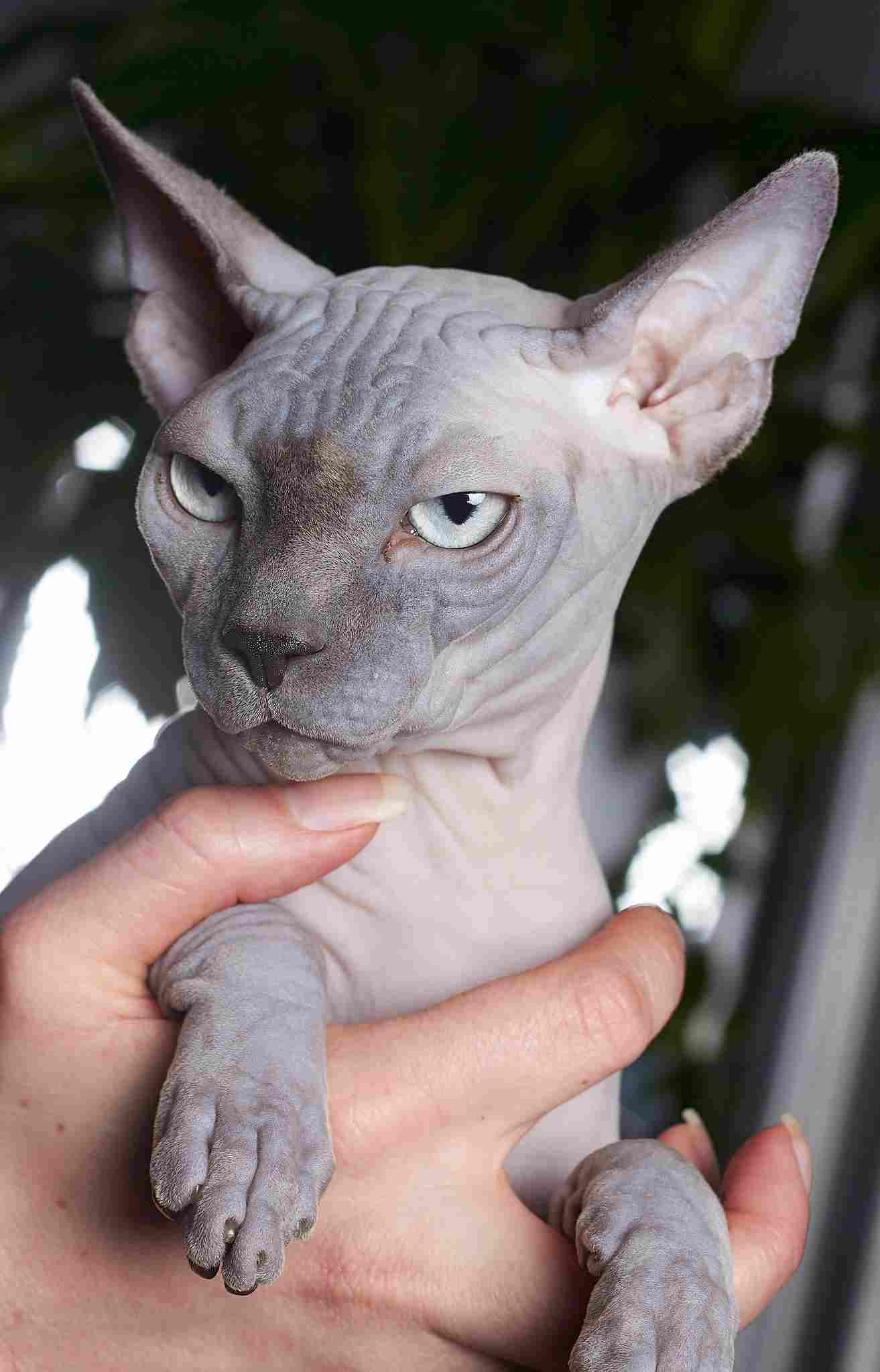
Donskoy Cat:
Social and enjoys human interaction.
Can coexist well with other pets.
Sphynx:
Extroverted and affectionate.
Thrives on social interactions with humans and other pets.
Comparison:
Both breeds exhibit sociable behavior and thrive in the company of humans and other animals.
Ecological Implications:
Social behavior impacts group dynamics within their species, influencing communication and cooperation in the wild.
23. Mode of Reproduction:
Donskoy Cat:
Ovoviviparous reproduction (giving birth to live young).
Typical feline reproductive processes.
Sphynx:
Ovoviviparous reproduction, similar to other domestic cat breeds.
Litters typically consist of multiple kittens.
Comparison:
Both breeds share a similar mode of reproduction.
Ecological Implications:
Reproductive strategies impact population dynamics and contribute to their ecological roles.
24. Parental Behavior:
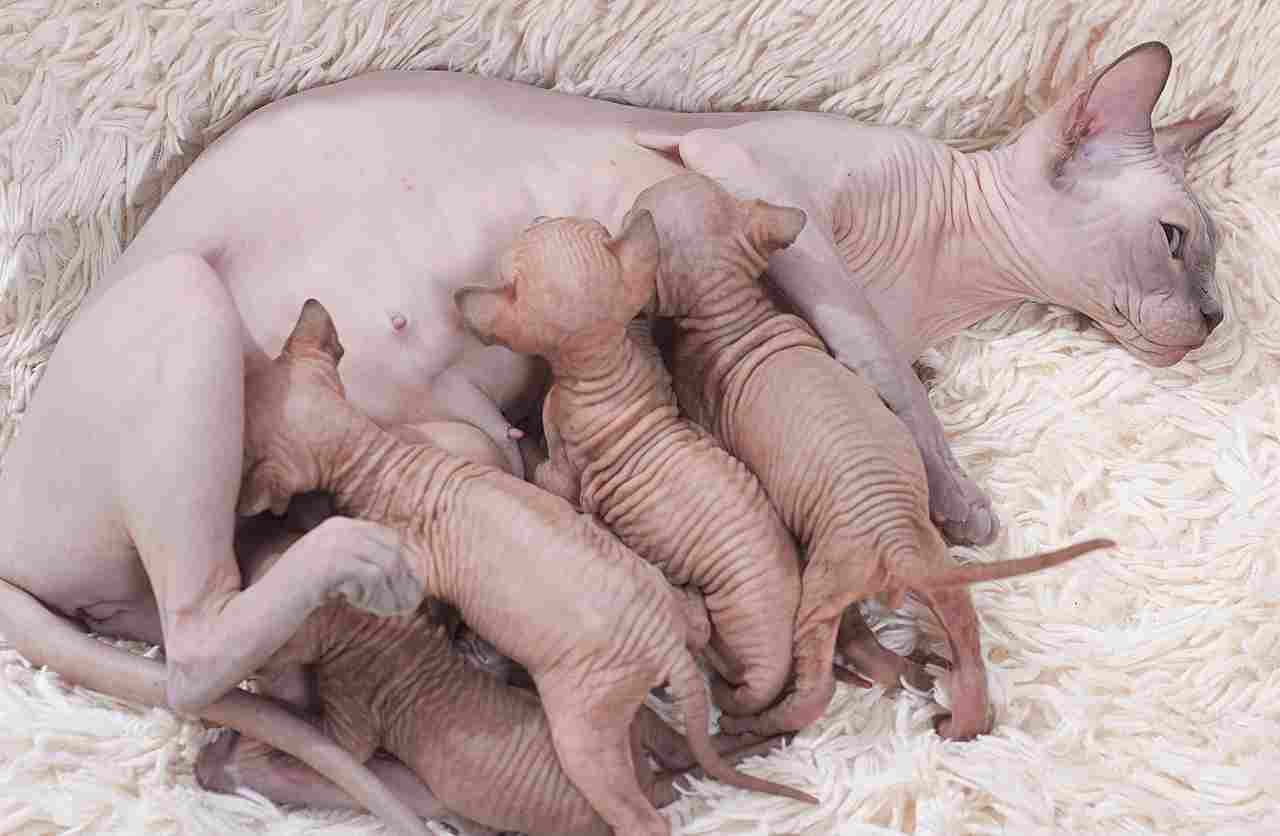
Donskoy Cat:
Exhibits strong maternal instincts.
Active in caring for and nurturing kittens.
Sphynx:
Strong maternal instincts, actively cares for offspring.
Maintains a protective and nurturing role.
Comparison:
Both breeds display strong parental behavior, ensuring the well-being of their offspring.
Ecological Implications:
Parental care contributes to the survival of the species, impacting population dynamics.
25. Proximity to Human-Inhabited Areas:
Donskoy Cat:
Adaptable to both urban and rural environments.
Comfortable living indoors or outdoors.
Sphynx:
Thrives in indoor environments, particularly in warmer climates.
Prefers the company of humans.
Comparison:
Donskoy is more adaptable to varied environments, while Sphynx leans towards indoor living.
Ecological Implications:
Proximity to human-inhabited areas influences interactions with human settlements, potential conflicts, and access to resources.
26. Behavior Toward Humans:
Donskoy Cat:
Affectionate and enjoys human companionship.
Forms strong bonds with its owners.
Sphynx:
Extroverted and seeks human attention.
Enjoys cuddling and being part of family activities.
Comparison:
Both breeds display affectionate behavior and a strong connection with their human companions.
Ecological Implications:
Behavior towards humans influences the likelihood of coexistence and interactions in human-dominated landscapes.
27. Danger Posed to Humans:
Donskoy Cat:
Generally poses no significant danger to humans.
May exhibit defensive behavior if threatened.
Sphynx:
Generally poses no significant danger to humans.
Social nature reduces the likelihood of aggressive behavior.
Comparison:
Both breeds are generally not considered dangerous to humans.
Ecological Implications:
Limited danger to humans may contribute to positive human-animal relationships in shared environments.
28. Associated Precautions:
Donskoy Cat:
Sunscreen application for outdoor exposure due to lack of fur.
Regular dental care to prevent oral health issues.
Sphynx:
Protection from cold temperatures and sunlight due to lack of fur.
Regular bathing for skin health.
Comparison:
Both breeds require specific precautions related to their hairlessness.
Ecological Implications:
Precautions may impact their behavior in natural habitats and their ability to adapt to environmental challenges.
29. Conservation Status:
Donskoy Cat:
Not recognized as a wild species; conservation status is not applicable.
Sphynx:
Domestic breed; conservation status is not applicable.
Comparison:
Both breeds are domesticated and not subject to conservation efforts as wild species.
Ecological Implications:
Conservation considerations are not applicable as they are domesticated and selectively bred.
Summary of Comparison
Appearance:
Donskoy: Muscular with wrinkled skin.
Sphynx: Slender with a soft, wrinkled skin texture.
Size:
Donskoy: Medium to large.
Sphynx: Medium-sized.
Weight:
Donskoy: Generally heavier.
Sphynx: Relatively lighter.
Personality:
Both sociable and affectionate.
Relative Price/Cost:
Both relatively expensive; influenced by breed rarity and breeder reputation.
Grooming:
Minimal grooming for both due to lack of fur.
Health Concerns:
Both prone to specific issues related to their hairlessness.
Bite Force (PSI):
Data not readily available for either breed.
Offensive Advantages:
Both have unique features contributing to offensive capabilities.
Defensive Advantages:
Donskoy relies on physical structure; Sphynx on sleekness.
Speed:
Similar estimated speeds for both breeds.
Agility:
Both breeds are agile with different physical attributes.
Senses:
Heightened senses, some reliance on tactile sensations.
Overall Physical Capacity:
Donskoy balances strength and agility; Sphynx focuses on agility.
Habitat Preference(s):
Both prefer warmer climates; Donskoy more adaptable.
Tracks:
Paw prints show similarities with individual variations.
Lifespan:
Similar average lifespans.
Natural Mode of Feeding:
Both are carnivorous with hunting instincts.
Best Food as a Pet:
Both benefit from high-protein diets.
Intelligence:
Both highly intelligent and adaptable.
Social Behavior:
Both sociable and thrive on human interaction.
Mode of Reproduction:
Ovoviviparous reproduction for both.
Parental Behavior:
Both display strong maternal instincts.
Proximity to Human-Inhabited Areas:
Donskoy more adaptable to varied environments; Sphynx leans towards indoor living.
Behavior Toward Humans:
Both breeds form strong bonds and seek human attention.
Danger Posed to Humans:
Generally not dangerous for both breeds.
Associated Precautions:
Both require specific precautions related to their hairlessness.
Conservation Status:
Domesticated; not subject to conservation efforts.
Conclusion
I). Similarities:
Both Donskoy and Sphynx exhibit high intelligence, sociable behavior, and a preference for a meat-based diet.
II). Differences:
Donskoy is more adaptable to varied environments, while Sphynx prefers indoor living in warmer climates. Donskoy tends to be larger and more robust, while Sphynx is sleeker and more agile.
